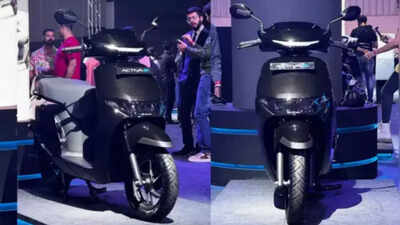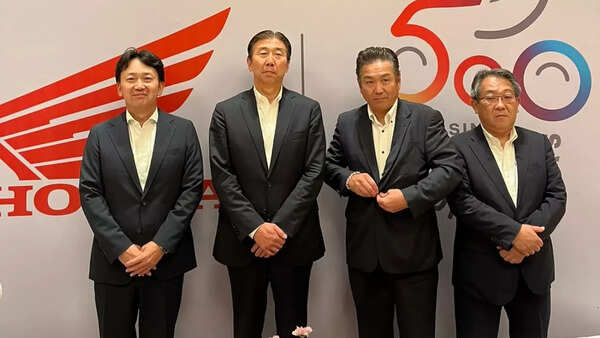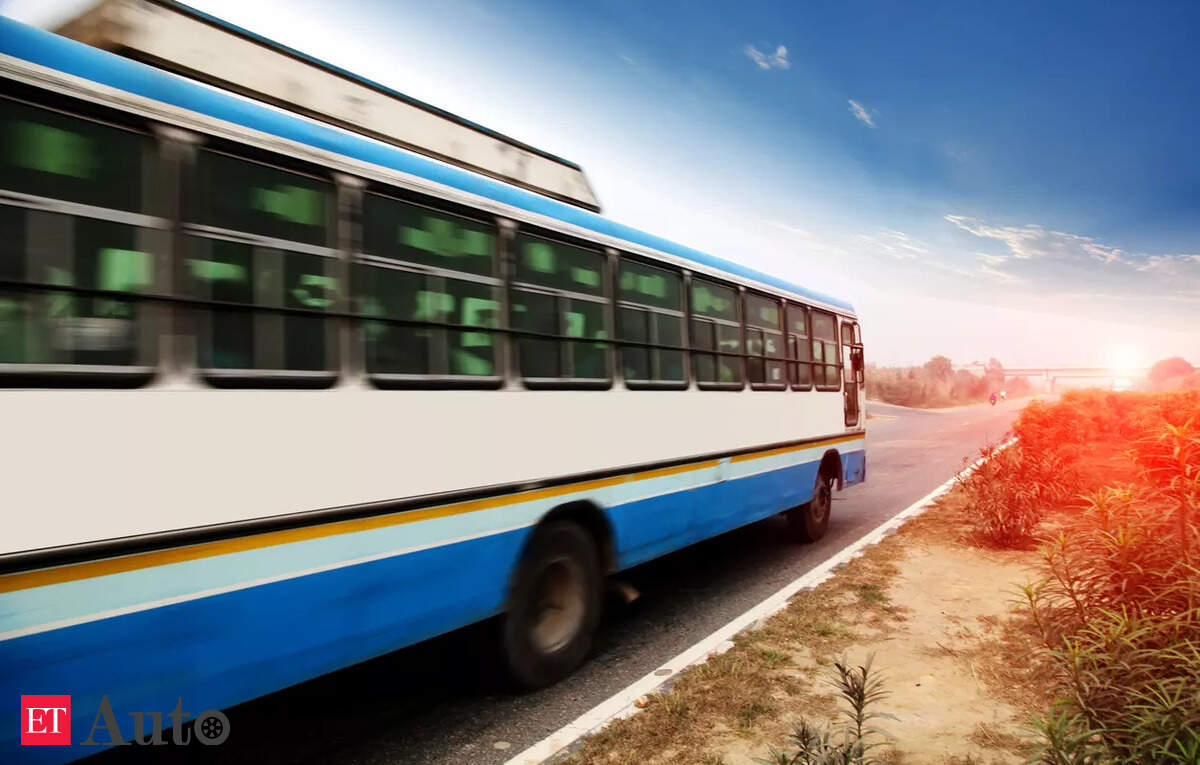"Difficult for OEMs to guarantee EV battery if customers...": Honda explain swapping approach - The Times of India

Honda explains battery swapping approach for Activa e:
As the Indian electric two-wheeler market continues to witness strong growth, Honda, a late entrant in the space, is taking a practical and cautious route. With the segment currently capped at around 1.2 million units,
Honda
believes the real challenge lies in long-term battery performance. Unlike petrol bikes that can last over a decade, the company believes that EVs start facing battery degradation within 5 years, pushing users to either replace the battery or the vehicle itself. Aware of this, Honda is backing battery swapping for now with its Activa e:, while also keeping the door open for home-charging models based on market demand.

“In India, ICE motorcycles, the customer will own them for more than 10 years, or maybe sometimes for 15 years. On the contrary, EV cannot be maintained for 15 years like an ICE,”
Tsutsumu Otani
, HMSI President & CEO, said in a media round table. “Battery performance starts to deteriorate after 5 years. And then the customers have to replace those EVs with new EVs… or they can replace the battery only.”He then illustrated the potential for growth with the example of smartphones, saying, “Or they (customers) can replace the battery only. And we think that if customers are willing to accept that replacement cost, then the EV market will grow.”
Honda has plans to roll out one electric model every year. However, specifics regarding which markets each model will enter are yet to be finalized. In terms of future manufacturing plans, Honda confirmed that its EV-dedicated plant will come up near its third plant in Narasapura, near Bangalore. This will support its EV roadmap and scale-up efforts over the next few years.
HMSI recently launched the
Activa e electric scooter
in India, which runs on two swappable batteries. Alongside it, the brand also introduced the Honda QC1, an EV with a fixed battery setup. To support its swappable battery model, Honda also rolled out e:Swap - a battery-swapping service. This allows users to exchange their depleted batteries for fully charged ones at authorised swap stations. At present, the company is only offering this service in Bengaluru, Delhi, and Mumbai, with 204 exchange stations and 417 units of the Power Pack Exchanger e: deployed.Explaining this approach, Honda acknowledged that not having the option of home charging could be inconvenient for many users. Instead, with swapping, the batteries remain the property of Honda, not the customer. This way, even if a battery degrades over time, the user doesn't bear the long-term risk or cost.Otani explained that this way, the customer still retains value, even if the battery is depleted. According to him, for OEMs, it's tough to guarantee battery life when charged at home. That said, the company is currently betting big on
battery swapping technology
with the Activa e:, thereby taking complete responsibility for battery health and performance through its network swap stations. However, the OEM is also keeping a close watch on market preferences and is open to introducing models with home charging capabilities if the demand grows.One such offering already available is the
Honda QC 1
. While it doesn’t match the Activa e: in terms of range or features, it serves as a practical alternative for those seeking a home-charging solution. It comes with a 1.5 kWh fixed battery that delivers a range of 80 km. It can be charged at home using a 330W off-board charger.









